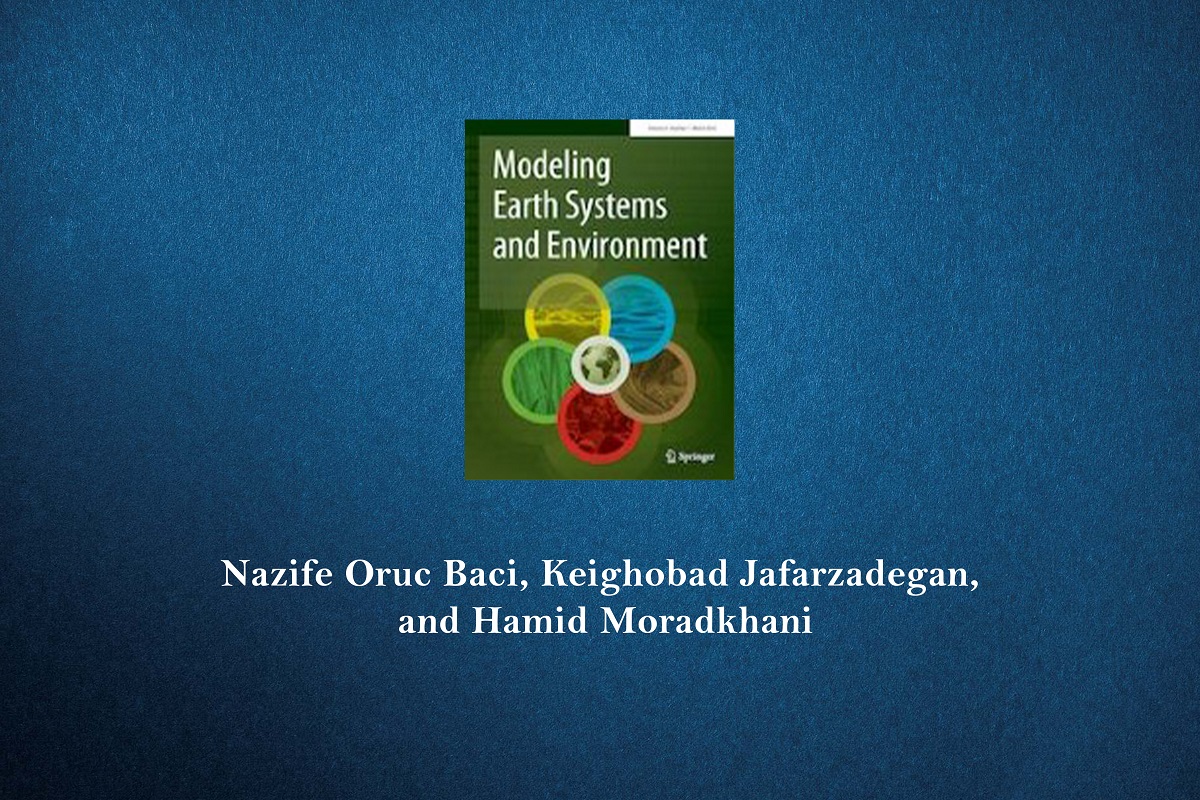Flooding is one of the most notorious natural disasters that adversely impact people’s lives, and damages their properties. To properly simulate the flood waves, two-dimensional hydrodynamic models herein referred to as flood inundation models are widely used. These models apply conservation of mass and momentum principles to the riverine systems aiming to estimate the spatiotemporal distribution of water depth and inundation areas surrounding the rivers. Conventionally, the upstream and downstream flows (or water surface elevation) are used as boundary conditions of these models, and the roughness coefficients and channel bathymetry information are calibrated to improve the performance of model simulations compared to reference data. In a recent study, we demonstrated that including lateral flows (and vertical fluxes) as additional boundary conditions can significantly improve the accuracy of simulated floods. Lateral flows refer to a combination of pointwise (tributaries) and distributed flows (direct runoff) added from the side to the channel. To further test the robustness and reliability of this modified boundary conditioning approach, this study aims to specifically investigate the impacts of including lateral flows on the calibrated parameters of flood inundation models. We perform a multi-phase calibration based on both in-situ time series data at a gauge and a reference flood extent map provided by Federal Emergency Management Agency (FEMA). Using both gauge and flood extent reference data and eight different validation measures, we provide a comprehensive analysis of the spatiotemporal behavior of simulated floods. We found that including these additional boundary conditions can slightly change the calibrated roughness parameters while significantly affecting the calibrated offset parameter used to characterize the channel bathymetry. Our results also demonstrate that changing the offset parameter of river bathymetry mostly affects the flood depth distribution and its dynamics while it rarely changes the flood extent maps provided by hydrodynamic models… Read more

